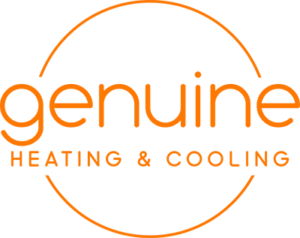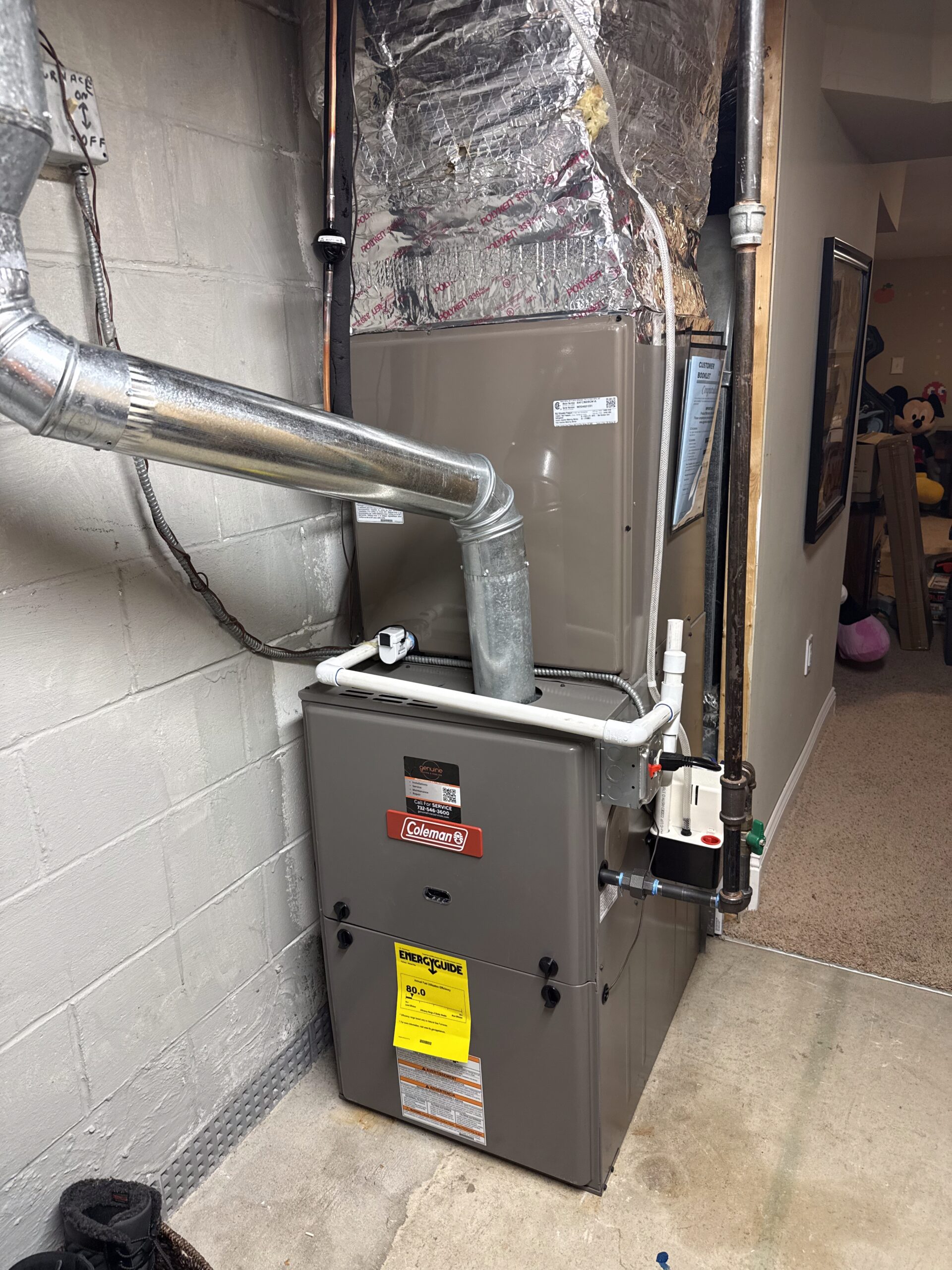
Buying a home is exciting—and stressful. Amid kitchen upgrades and paint colors, many buyers overlook the HVAC system, even though heating and cooling can account for 40 percent of a home’s energy use and an unexpected replacement can cost $8,000–$20,000. Based on thousands of inspections across Ocean and Monmouth counties, Genuine Heating & Cooling has compiled the most common HVAC mistakes we see buyers make—and how you can avoid them.
5‑Minute Inspection Walkthrough Checklist
- Thermostat setpoint vs. actual temp difference?
- Furnace and AC serial number year?
- Ducts: insulation intact, joints sealed?
- Filter size and condition?
- Outdoor unit level, coil fins undamaged?
- Condensate drain clear and pitched?
- Rust or water stains around furnace?
- CO alarms present and dated within 5 years?
If any of these raise red flags, get a professional second opinion before closing.
“Avoid These HVAC Mistakes When Buying a Home.” Download PDF
1. Skipping the Serial-Number Age Check
Mistake: Trusting the seller’s estimate (“the AC is about ten years old”) instead of confirming equipment age.
Fix: Read the serial number on the data plate. Most major brands encode the manufacture date in the first four digits (e.g., “2019” or “1912” = 12th week of 2019). Anything over 15 years for a gas furnace or 12 years for a central AC should trigger a budget line for replacement.
2. Ignoring Energy-Efficiency Ratings
Mistake: Assuming the presence of central AC means it’s efficient.
Fix: Ask for the SEER2 and AFUE ratings. An 18 SEER2 air‑conditioner can cut summer utility bills by 30 percent compared to a 14 SEER2 unit. A 96 AFUE furnace saves $200–$300 per year over an 80 AFUE model on a $2,000 gas bill. If ratings aren’t on the equipment, request paperwork or check the AHRI certificate.
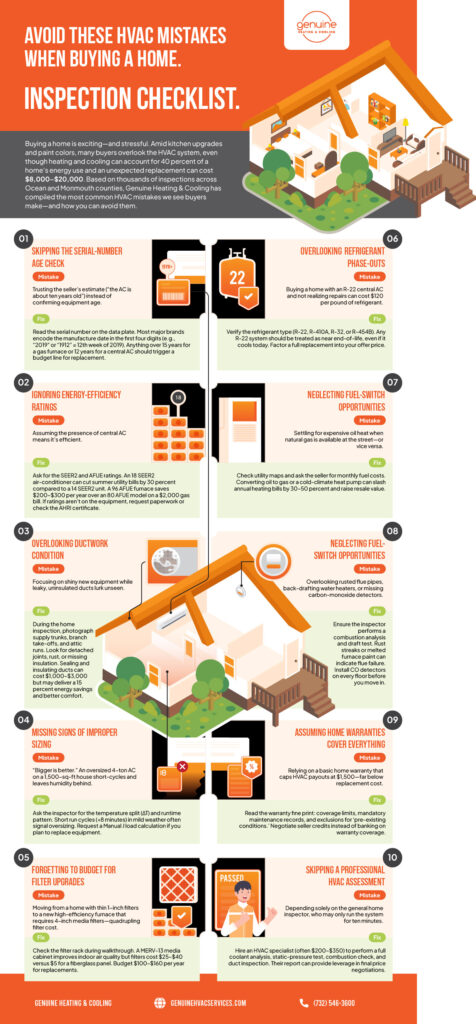
3. Overlooking Ductwork Condition
Mistake: Focusing on shiny new equipment while leaky, uninsulated ducts lurk unseen.
Fix: During the home inspection, photograph supply trunks, branch take‑offs, and attic runs. Look for detached joints, rust, or missing insulation. Sealing and insulating ducts can cost $1,000–$3,000 but may deliver a 15 percent energy savings and better comfort.
4. Missing Signs of Improper Sizing
Mistake: “Bigger is better.” An oversized 4‑ton AC on a 1,500‑sq‑ft house short‑cycles and leaves humidity behind.
Fix: Ask the inspector for the temperature split (ΔT) and runtime pattern. Short run cycles (<8 minutes) in mild weather often signal oversizing. Request a Manual J load calculation if you plan to replace equipment.
5. Forgetting to Budget for Filter Upgrades
Mistake: Moving from a home with thin 1‑inch filters to a new high‑efficiency furnace that requires 4‑inch media filters—quadrupling filter cost.
Fix: Check the filter rack during walkthrough. A MERV‑13 media cabinet improves indoor air quality but filters cost $25–$40 versus $5 for a fiberglass panel. Budget $100–$160 per year for replacements.
6. Overlooking Refrigerant Phase‑Outs
Mistake: Buying a home with an R‑22 central AC and not realizing repairs can cost $120 per pound of refrigerant.
Fix: Verify the refrigerant type (R‑22, R‑410A, R‑32, or R‑454B). Any R‑22 system should be treated as near end‑of‑life, even if it cools today. Factor a full replacement into your offer price.
7. Neglecting Fuel‑Switch Opportunities
Mistake: Settling for expensive oil heat when natural gas is available at the street—or vice versa.
Fix: Check utility maps and ask the seller for monthly fuel costs. Converting oil to gas or a cold‑climate heat pump can slash annual heating bills by 30–50 percent and raise resale value.
8. Not Inspecting Combustion Safety
Mistake: Overlooking rusted flue pipes, back‑drafting water heaters, or missing carbon‑monoxide detectors.
Fix: Ensure the inspector performs a combustion analysis and draft test. Rust streaks or melted furnace paint can indicate flue failure. Install CO detectors on every floor before you move in.
9. Assuming Home Warranties Cover Everything
Mistake: Relying on a basic home warranty that caps HVAC payouts at $1,500—far below replacement cost.
Fix: Read the warranty fine print: coverage limits, mandatory maintenance records, and exclusions for ‘pre‑existing conditions.’ Negotiate seller credits instead of banking on warranty coverage.
10. Skipping a Professional HVAC Assessment
Mistake: Depending solely on the general home inspector, who may only run the system for ten minutes.
Fix: Hire an HVAC specialist (often $200–$350) to perform a full coolant analysis, static‑pressure test, combustion check, and duct inspection. Their report can provide leverage in final price negotiations.
A careful HVAC inspection can save thousands in surprise repairs and reduce future energy bills. Use this checklist during your next walkthrough—or let Genuine Heating & Cooling perform a pre‑closing HVAC assessment so you can sign on the dotted line with confidence.

Do Higher HVAC Filters Help or Hurt Your System?
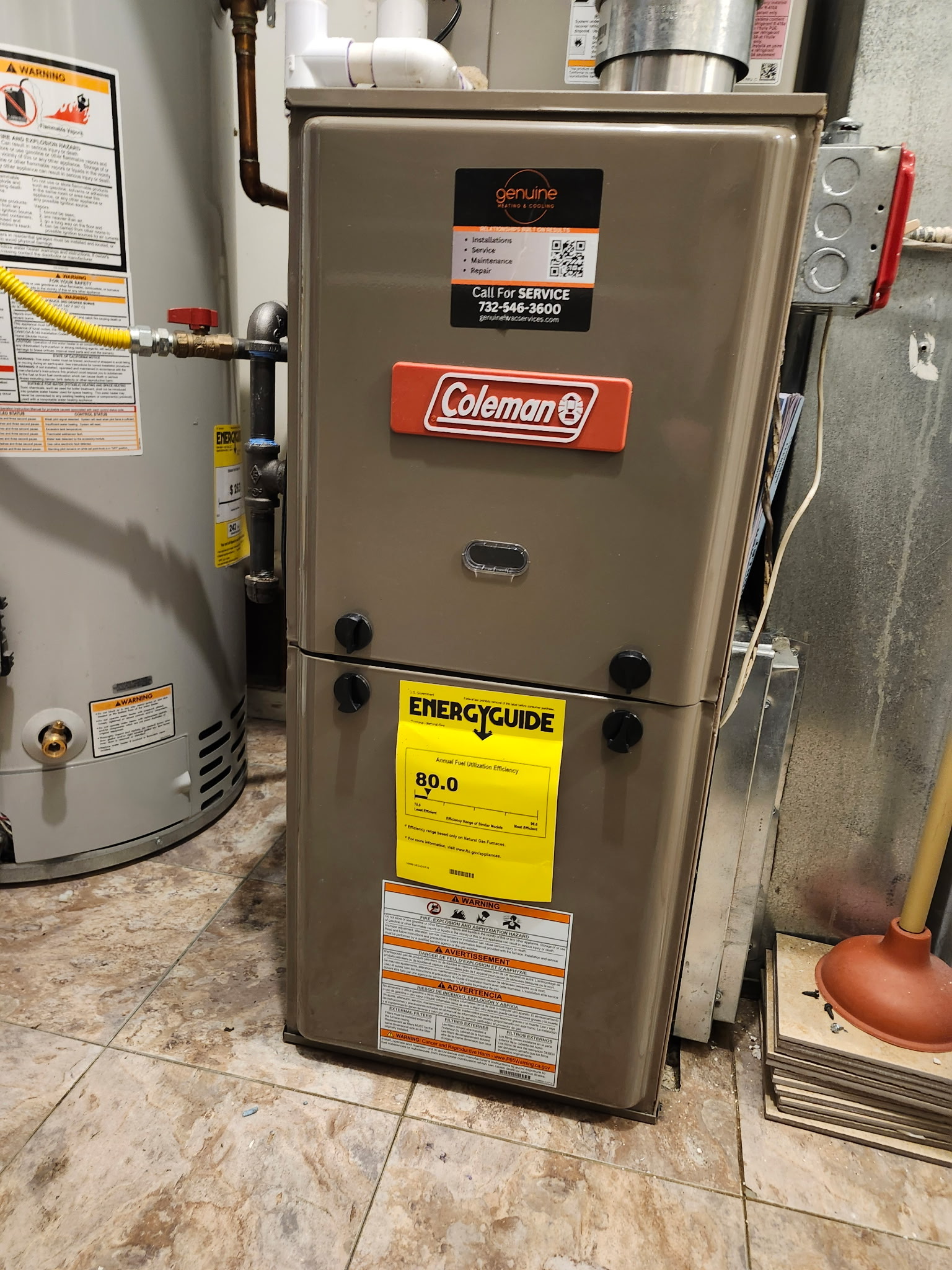
Oil Furnace Won’t Turn On? 8 Common Reasons and How to Fix Them
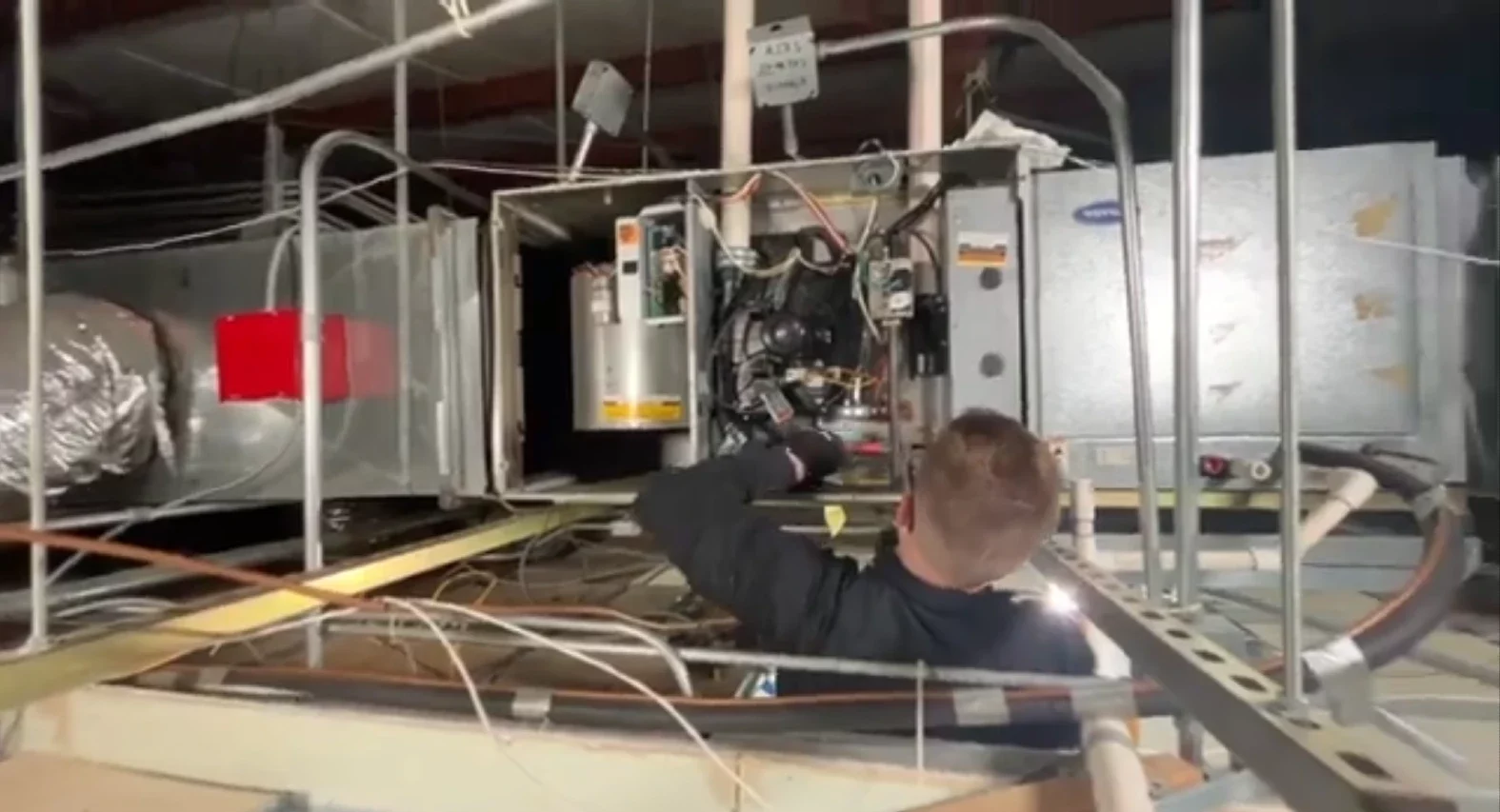
Electric Furnace Won’t Turn On? Troubleshooting Guide for NJ Homes
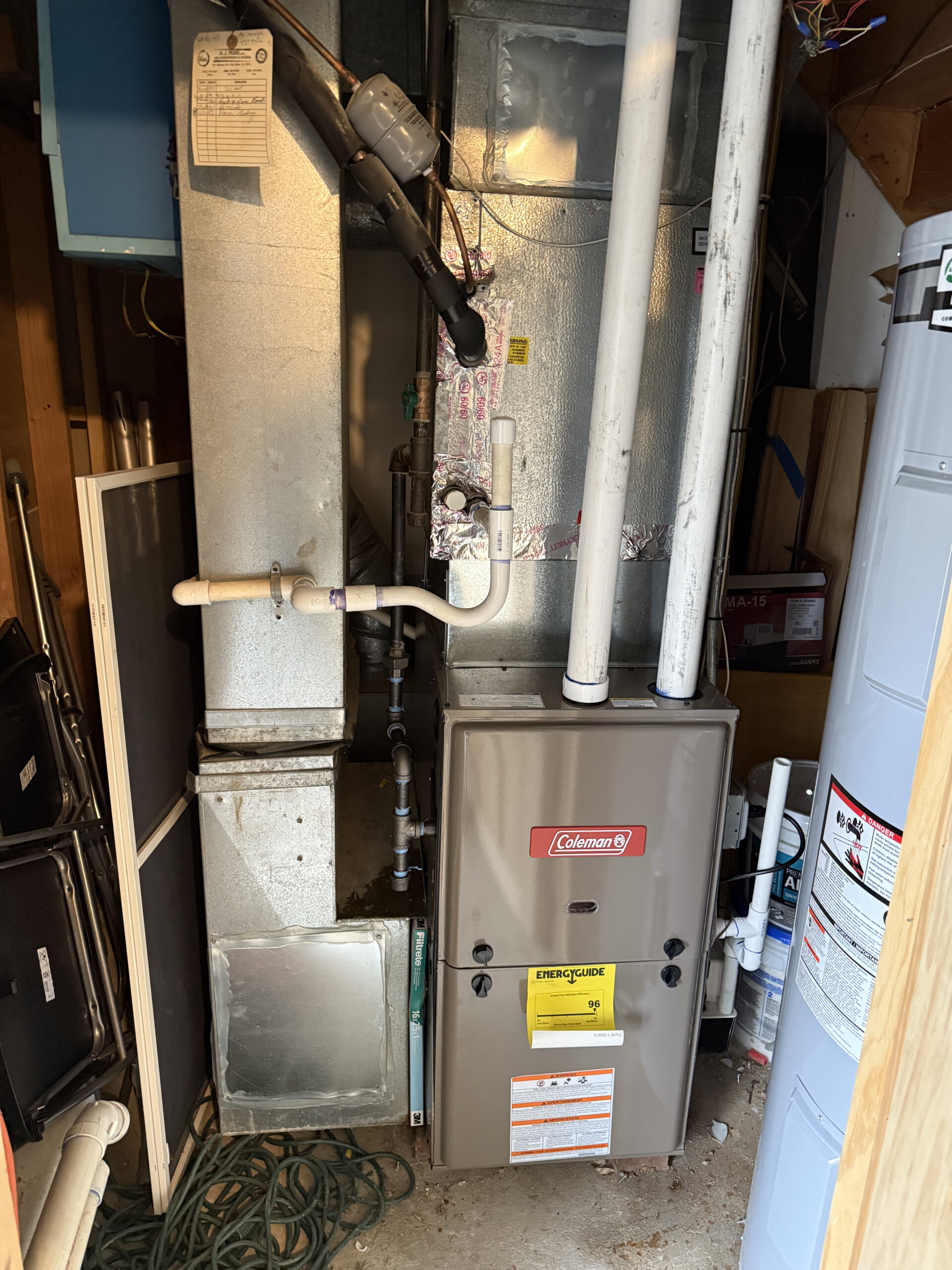
Gas Furnace Won’t Turn On? 8 Common Reasons and How to Fix Them

